At a time where intimate partner homicides are on the rise, domestic violence doesn’t get much mainstream attention. When it does, narratives focus on a survivor’s helplessness, often blaming them for being in and staying in abusive relationships. Even less attention is paid to survivors of domestic violence who are criminalized and incarcerated for defending themselves or fighting back.
Cyntoia Brown was institutionalized in Tennessee at age 16 for killing a 43-year-old man who solicited sex from her; she was afraid this man would shoot her. Then a minor, Brown testified that she had been trafficked and forced into street-based sex work by her older, violent boyfriend. She received a life sentence for murder. After spending 15 years - more than half her life -- in prison, and with the help of a national, multi-year campaign, Brown was granted clemency and walked free this August.
Brown’s story is unfortunately not uncommon. It’s unclear exactly how many survivors of violence are incarcerated for self-defense acts or acts related to abuse, but it is estimated that 77 percent of incarcerated women are survivors of domestic violence (compared to 1 in 4 women who are survivors in the general US population). The population of incarcerated women has increased 50 percent faster than the population of incarcerated men, and in 2018, there were 219,000 women in US prisons and jails. A disproportionate percent of this population are poor, members of the LGBT community, and women of color.
“In a perverse twist of justice, many girls who experience sexual abuse are routed into the juvenile justice system because of their victimization.” The crimes that most often lead to young girls’ institutionalization - survival work, running away, substance use, truancy - are symptoms of having experienced violence and abuse. Involvement with the criminal justice system, especially at such a young age, has severe consequences. When the criminal justice system does not consider the trauma that leads girls to committing crimes, it punishes them as perpetrators instead of supporting them as survivors.
When survivors are seen as perpetrators, the harm inflicted upon them is minimized and ignored, and the perpetrators face no consequences. Women who are incarcerated are more likely to experience poor mental and physical health outcomes and experience additional violence in the system. Eighty percent of incarcerated women are mothers and the primary caregivers in their families. And even when an individual is granted clemency, like Brown, there is often a long uphill battle for retribution, criminal records are not automatically expunged, and survivors face parole or probation requirements that can re-victimize and re-traumatize the individual. Brown, whose parole is set to last 10 years, is required to meet certain conditions under state supervision. If she violates these conditions, she could return to prison to carry out the rest of her sentence.
Survivors should be recipients of unconditional support, love, and opportunities for healing. Instead, they can face a criminal justice system that contributes to their re-victimization. Cyntoia Brown is one of thousands of survivors who deserved better. The movement to end domestic violence starts with raising the voices of more young survivors like Brown and challenging systems that maintain unjust patterns of violence in which women of color in particular are left with little access to opportunity. When we center these survivors, we break the cycles of silence and support their pathways to justice.

